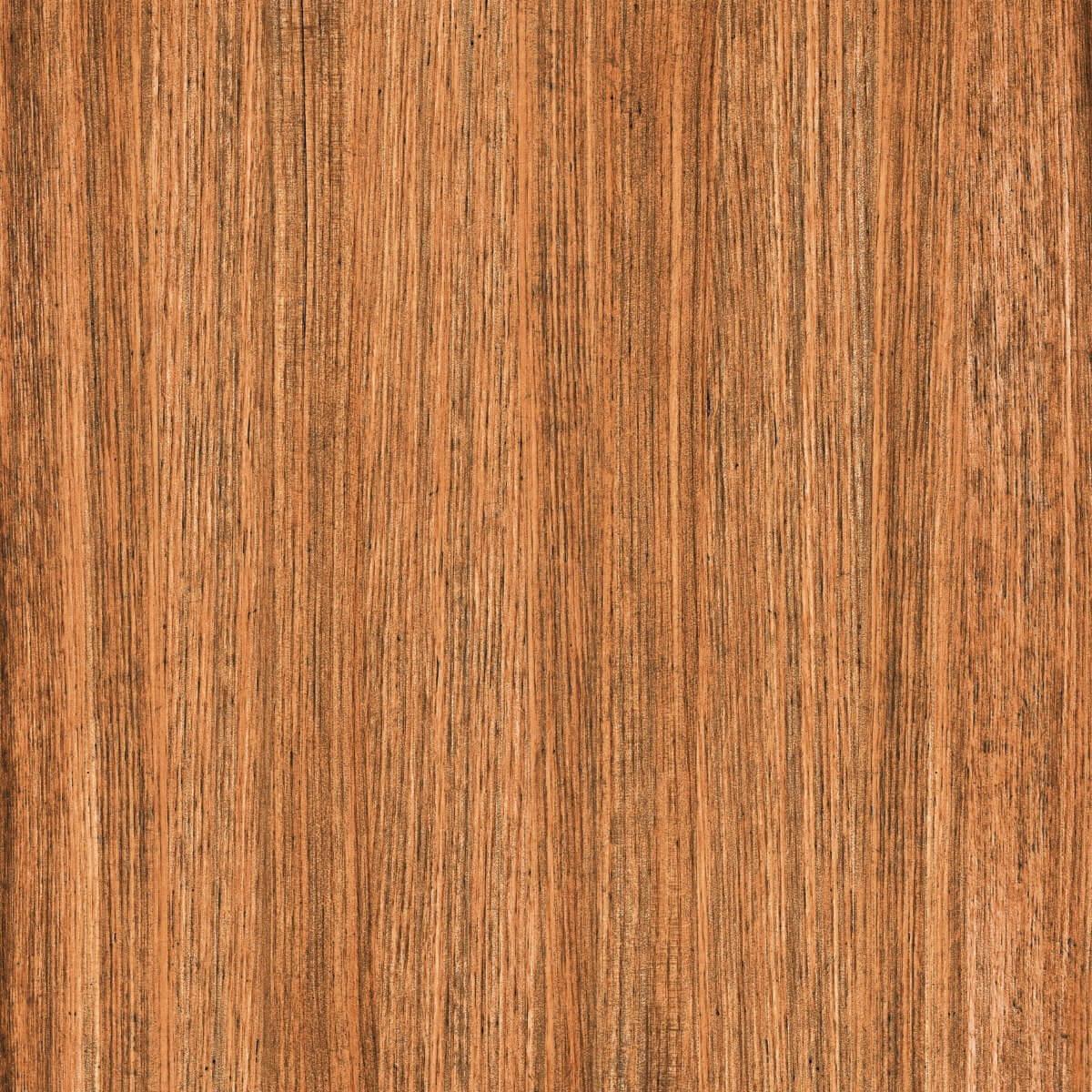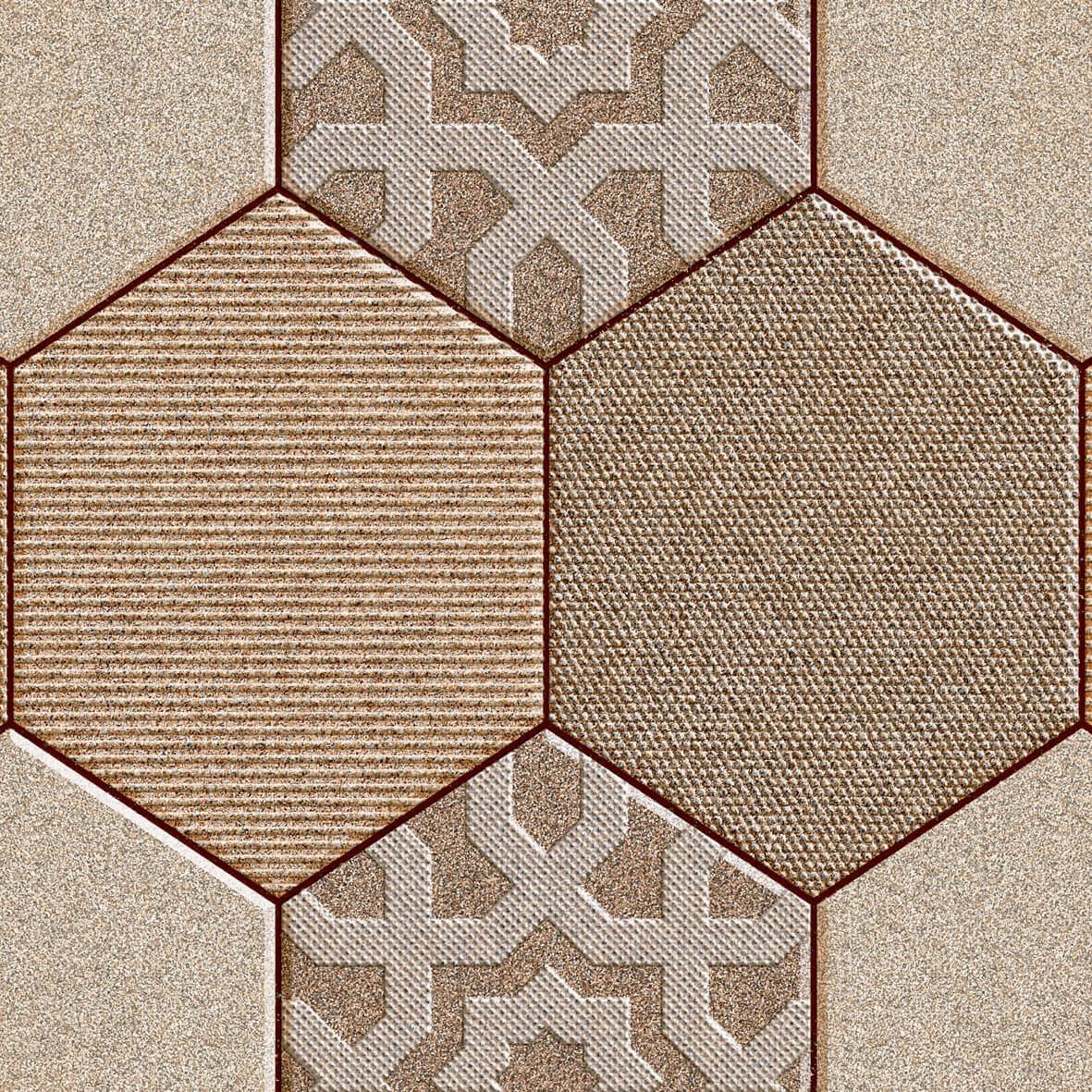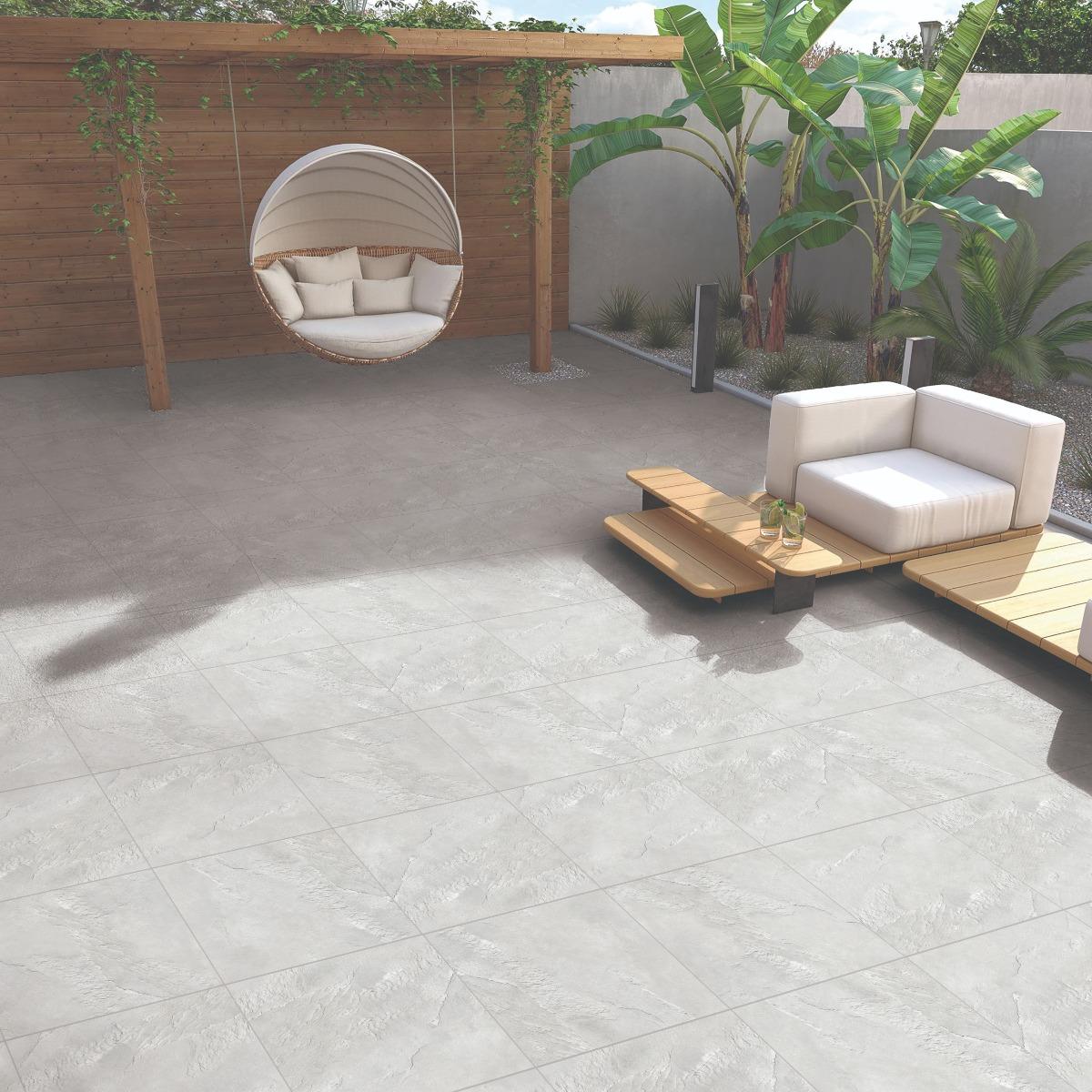- அனைத்து டைல்ஸ்அளவு மூலம் டைல்ஸ்
- 2x2 டைல்ஸ்
- 2x4 டைல்ஸ்
- 1x1 டைல்ஸ்
- 4x8 டைல்ஸ்
- 300x600 mm டைல்ஸ்
- 395x395 mm டைல்ஸ்
- 300x450 mm டைல்ஸ்
- 200x1200 mm டைல்ஸ்
- 800x800 mm டைல்ஸ்
- 800x1200 mm டைல்ஸ்
- 800x1600 mm டைல்ஸ்
- 145x600 mm டைல்ஸ்
- 195x1200 mm டைல்ஸ்
- 295x295 mm டைல்ஸ்
- 200x300 mm டைல்ஸ்
- 250x375 mm டைல்ஸ்
- 400x400 mm டைல்ஸ்
- 148x600 mm டைல்ஸ்
- 1000x1000 mm டைல்ஸ்
- 800x800 mm டைல்ஸ்
- 1200x1800 mm டைல்ஸ்
- 800x2400 mm டைல்ஸ்
- 600x1200 mm டைல்ஸ்
ஏரியாவின் படி டைல்ஸ்- பாத்ரூம் டைல்ஸ்
- கிச்சன் டைல்ஸ்
- பார்க்கிங் டைல்ஸ்
- எலிவேஷன் டைல்ஸ்
- பெட்ரூம் டைல்ஸ்
- அவுட்டோர் டைல்ஸ்
- டெரஸ் டைல்ஸ்
- லிவிங் ரூம் டைல்ஸ்
- பால்கனி டைல்ஸ்
- நீச்சல் குளம் டைல்ஸ்
- போர்ச் டைல்ஸ்
- அலுவலக டைல்ஸ்
- பாத்வே டைல்ஸ்
- டைனிங் ரூம் டைல்ஸ்
- கமர்ஷியல் டைல்ஸ்
- பார் டைல்ஸ்
- ரெஸ்டாரன்ட் டைல்ஸ்
- ஹாஸ்பிட்டல் டைல்ஸ்
- அக்சன்ட் டைல்ஸ்
- ஆட்டோமோட்டிவ் டைல்ஸ்
- ஸ்கூல் டைல்ஸ்
- ஹை டிராஃபிக் டைல்ஸ்
- ஸ்டெயர்ஸ் டைல்ஸ்
- Tac Tiles
வடிவமைப்பின் படி டைல்ஸ்- 3D டைல்ஸ்
- மரத்தாலான டைல்ஸ்
- பளிங்கு டைல்ஸ்
- டெக்ஸ்சர் டைல்ஸ்
- மொசைக் டைல்ஸ்
- கிரானைட் டைல்ஸ்
- ஸ்டோன் டைல்ஸ்
- பேட்டர்ன் டைல்ஸ்
- சிமெண்ட் டைல்ஸ்
- ஃப்ளவர் டைல்ஸ்
- டிராவர்டைன் டைல்ஸ்
- ஸ்லேட் டைல்ஸ்
- ஸ்டேச்சுவேரியோ டைல்ஸ்
- பிளைன் டைல்ஸ்
- ஓனிக்ஸ் டைல்ஸ்
- மெட்டாலிக் டைல்ஸ்
- பாட்டோசினோ டைல்ஸ்
- புக் மேட்ச் டைல்ஸ்
- ஜியோமெட்ரிக் டைல்ஸ்
- கராரா டைல்ஸ்
- அப்ஸ்ட்ராக்ட் டைல்ஸ்
- மோனோக்ரோம் டைல்ஸ்
- ஸ்டைலான டைல்ஸ்
- செங்கல் டைல்ஸ்
- ஹெக்சகோனல் டைல்ஸ்
- லைம்ஸ்டோன் டைல்ஸ்
- பிளாங்க்
வகையின் படி டைல்ஸ்- விட்ரிஃபைட் டைல்ஸ்
- பீங்கான் டைல்ஸ்
- பீங்கான் டைல்ஸ்
- டிசைனர் டைல்ஸ்
- ஆன்டி ஸ்கிட் டைல்ஸ்
- டிஜிட்டல் டைல்ஸ்
- டபுள் சார்ஜ் டைல்ஸ்
- GVT டைல்ஸ்
- அழகான டைல்ஸ்
- ஹைலைட்டர் டைல்ஸ்
- PGVT டைல்ஸ்
- ஃபுல் பாடி விட்ரிஃபைட் டைல்ஸ்
- பளபளப்பான விட்ரிஃபைட் டைல்ஸ்
- ஜெர்ம் ஃப்ரீ டைல்ஸ்
- DGVT டைல்ஸ்
- ஸ்கிராட்ச் ஃப்ரீ டைல்(ஃபோர்வர் டைல்)
- டிஜிட்டல் கிளாஸ்டு விட்ரிஃபைடு டைல்ஸ்
- கறை எதிர்ப்பு டைல்ஸ்
- நானோ டைல்ஸ்
- நான் டிஜிட்டல் டைல்ஸ்
- ஆன்டி ஸ்டாடிக் டைல்ஸ்
- கலர் பாடி டைல்ஸ்
டைல்ஸ் பை ஃபினிஷ்கலெக்ஷன் மூலம் டைல்ஸ் - ஃப்ளோர்அறை பகுதியின்படி டைல்ஸ்அளவு மூலம் ஃப்ளோர் டைல்ஸ் (300 mm ~ 1 ft.)பிரபலமான ஃப்ளோர் டைல் வகைகள்பிரபலமான ஃப்ளோர் டைல் டிசைன்கள்பரிந்துரைக்கப்பட்ட ஃப்ளோர் டைல்ஸ்
 600x1200 மிமீ
600x1200 மிமீ
GFT BDF ரஸ்டிக் ஆர்க் ஜெய்சல்மர்
600x600 மிமீ 195x1200 மிமீ
195x1200 மிமீ
- சுவர் ஓடுகள்இடத்திற்கேற்ற டைல்ஸ்அளவு மூலம் சுவர் டைல்ஸ் (300 mm ~ 1 அடி.)பிரபலமான சுவர் டைல் வகைகள்சுவர் டைல் டிசைன்கள்பரிந்துரைக்கப்பட்ட சுவர் டைல்ஸ்
 300x600 மிமீ
300x600 மிமீ 300x600 மிமீ
300x600 மிமீ 300x450 மிமீ
300x450 மிமீ
- பாத்ரூம் டைல்ஸ்அளவு மூலம் குளியலறை டைல்ஸ் (300mm~1ft.)பாத்ரூம் டைல் வகைகள்பிரபலமான பாத்ரூம் டைல் டிசைன்கள்பரிந்துரைக்கப்பட்ட பாத்ரூம் டைல்ஸ் கருத்துக்கள்
 300x600 மிமீ
300x600 மிமீ 300x450 மிமீ
300x450 மிமீ 300x600 மிமீ
300x600 மிமீ
- கிச்சன் டைல்ஸ்அளவி மூலம் கிச்சன் டைல்ஸ்கிச்சன் டைல் வகைகள்பிரபலமான கிச்சன் டைல் டிசைன்கள்பரிந்துரைக்கப்பட்ட சமையலறை டைல்ஸ் கருத்துக்கள்
 300x600 மிமீ
300x600 மிமீ 300x450 மிமீ
300x450 மிமீ 300x600 மிமீ
300x600 மிமீ
- ரூம் டைல்ஸ்ஹால் டைல்ஸ்அளவு மூலம் டைல்ஸ்அறை டைல் வகைகள்பிரபலமான டைல் டிசைன்கள்உங்களுக்கான பரிந்துரைக்கப்பட்ட டைல்ஸ்
 600x1200 மிமீ
600x1200 மிமீ 600x600 மிமீ
600x600 மிமீ 600x600 மிமீ
600x600 மிமீ
- பளிங்கு டைல்ஸ்இடைவெளிகள் மூலம் மார்பிள் டைல்அளவு மூலம் மார்பிள் டைல்ஸ்பிரபலமான மார்பிள் ஃபினிஷ்கள்பிரபலமான மார்பிள் டைல் நிறம்
 600x1200 மிமீ
600x1200 மிமீ 600x600 மிமீ
600x600 மிமீ 600x600 மிமீ
600x600 மிமீ
- மரத்தாலான டைல்ஸ்மர டைல்ஸ்இடைவெளிகள் மூலம் வுட் டைல்ஸ்அளவு மூலம் மர டைல்ஸ்பிரபலமான மர டைல் வகைகள்பிரபலமான மரத்தாலான ஃபினிஷ்பரிந்துரைக்கப்பட்ட மர டைல்ஸ்
 300x600 மிமீ
300x600 மிமீ 600x600 மிமீ
600x600 மிமீ 300x600 மிமீ
300x600 மிமீ
- விட்ரிஃபைட் டைல்ஸ்விட்ரிஃபைட் டைல்ஸ்விட்ரிஃபைடு டைல்ஸ் இடங்கள்அளவு மூலம் விட்ரிஃபைட் டைல்ஸ்விட்ரிஃபைட் டைல் வகைகள்விட்ரிஃபைட் டைல் டிசைன்ஸ்உங்களுக்காக பரிந்துரைக்கப்பட்ட விட்ரிஃபைடு டைல்ஸ்
 600x600 மிமீ
600x600 மிமீ 145x600 மிமீ
145x600 மிமீ 600x600 மிமீ
600x600 மிமீ
- பீங்கான் டைல்ஸ்பீங்கான் டைல்ஸ்செராமிக் டைல்ஸ் ஃபினிஷ் மூலம்அளவுகள் மூலம் பீங்கான் டைல்ஸ்இடைவெளிகள் மூலம் பீங்கான் டைல்பீங்கான் டைல் டிசைன்ஸ்உங்களுக்காக பரிந்துரைக்கப்பட்ட செராமிக் டைல்ஸ்
 300x600 மிமீ
300x600 மிமீ 600x600 மிமீ
600x600 மிமீ 300x600 மிமீ
300x600 மிமீ
- டிசைன் யோசனை
- எளிய சமையலறை டிசைன்கள்
- சிறிய சமையலறை டிசைன்கள்
- வெள்ளை சமையலறை டிசைன்கள்
- பீஜ் & பிரவுன் கிச்சன் டிசைன்கள்
- L-வடிவமான சமையலறை டிசைன்கள்
- கிச்சன் பேக்ஸ்பிளாஷ் டிசைன்கள்
- இணையான சமையலறை வடிவமைப்புகள்
- கிச்சன் டிசைன்களை திறக்கவும்
- பெனின்சுலா கிச்சன் டிசைன்கள்
- ப்ளூ கிச்சன் டிசைன்கள்
- ஐ ஷேப்டு கிச்சன் டிசைன்
- ஐலேண்ட் கிச்சன் டிசைன்
- கேட்லாக்கை பதிவிறக்கம் செய்யவும்
- வலைப்பதிவு
- மேலும்OBL பற்றி
- நிறுவனத்தின் சுயவிவரம்
- முக்கிய மதிப்புகள்
- மைல்கற்கள்
- விருதுகள் & பாராட்டுகள்
- தலைமை அணி
- இயக்குனர்கள் குழு
- கண்டுபிடிப்பு
- உற்பத்தி திறன்கள்
- CSR
- தயாரிப்பு தரம்
தொடர்புகொள்ளபெரிய திட்டங்கள்- புராஜெக்ட் @ ஓரியண்ட்பெல்
- குடியிருப்பு திட்டம்
- வணிக திட்டம்
- அரசு திட்டம்
- தொழில்துறை திட்டம்
- பில்டர்ஸ் கான்ட்ராக்டர்கள்
- ஏற்றுமதிகள்
- எங்கள் திறன்கள்
கருவிகள்முதலீட்டாளர் தொடர்பு- செபி (LODR) ஒழுங்குமுறைகளின் 46 ஒழுங்குமுறைகளின் கீழ் வெளிப்படுத்தல்கள்
- மற்ற சட்டரீதியான வெளிப்பாடுகள்
- முதலீட்டாளர் தகவல்
- ஈவுத்தொகை
வேலை வாய்ப்புமீடியாஇடங்கள்- ஸ்பார்க்கிள் டைல்ஸ் கலெக்ஷன்
- எஸ்டிலோ டைல்ஸ் கலெக்ஷன்
- FT ஆட்டம் 2020 டைல்ஸ் கலெக்ஷன்
- சகாரா டைல்ஸ் கலெக்ஷன்
- ரைனோ டைல்ஸ் கலெக்ஷன்
- டூயாசில் டைல்ஸ் கலெக்ஷன்
- இன்ஸ்பையர் டைல்ஸ் கலெக்ஷன்
- HD-P எலிவேஷன் டைல்ஸ் கலெக்ஷன்
- இன்ஸ்பையர் பிளாங்க்ஸ் டைல்ஸ் கலெக்ஷன்
- இன்ஸ்பையர் 3.0 கலெக்ஷன்
- கிரானல்ட் கலெக்ஷன்
- இன்ஸ்பையர் – 800x1600
- இன்ஸ்பையர் ஆர்ட் கலெக்ஷன்
- டைம்லெஸ் 2.0
- டூயாசில் எலிவேஷன்
- ரிவர் டைல்ஸ் கலெக்ஷன்
- எஸ்டிலோ 2.0
- எஃப்டி ஆட்டம் 2.0
- இன்ஸ்பையர் படிநிலைகள்
- இன்ஸ்பையர் செலக்ட்
- செரனிட்டி கலெக்ஷன்
- இன்ஸ்பையர் – தோரா
- சஹாரா டபுள் பாடி
- இன்ஸ்பையர் ஸ்பெஷல்
- வேலன்சிகா பிரைம்
- இன்ஸ்பையர் தோரா ஸ்பெஷல்
- மண்டலா ஆர்ட்
- 300X300 HSK பேவர்ஸ்
- கிராஃப்ட் கிளாடிங் கலெக்ஷன்
- டச் & பீல் GVT டோரா
- Skd Luxora Dora 2×4
- Luxora Dora



























